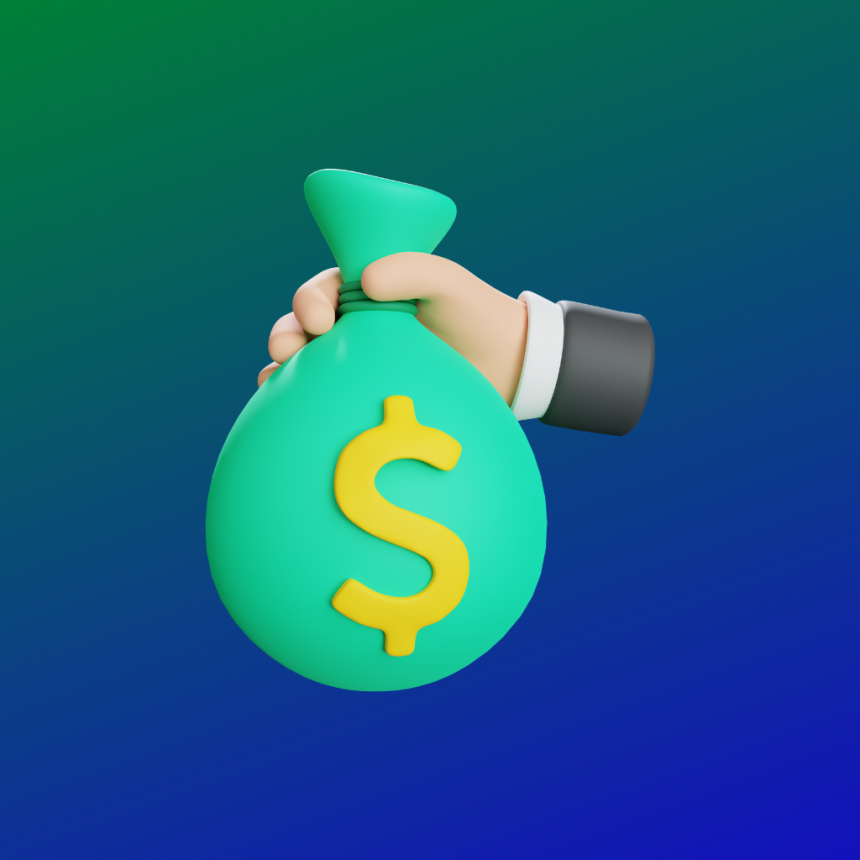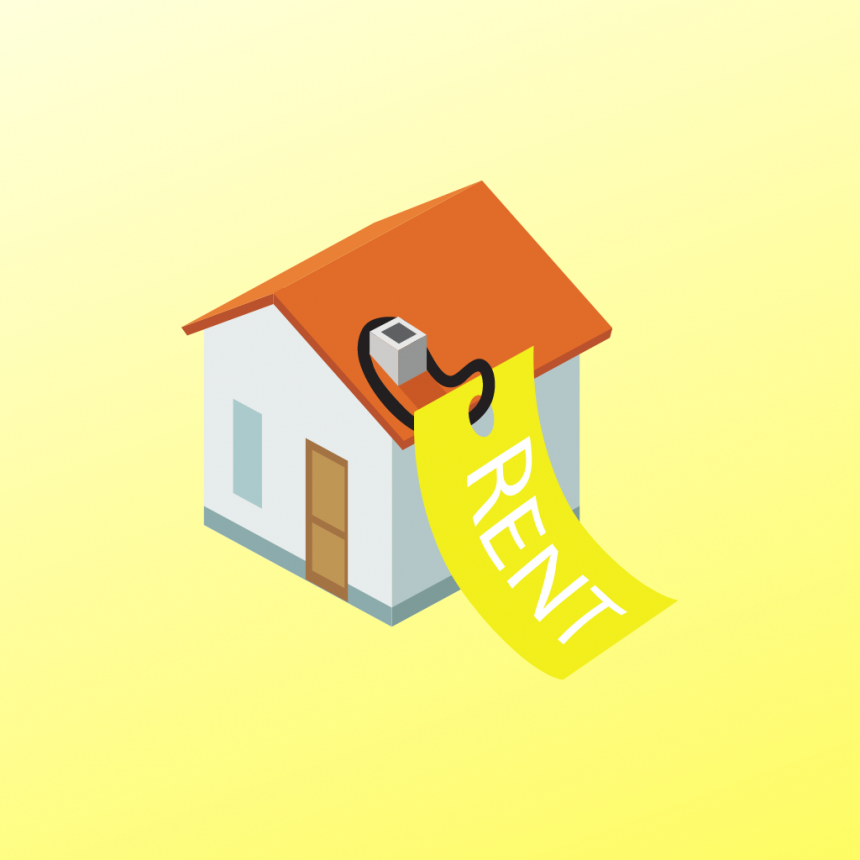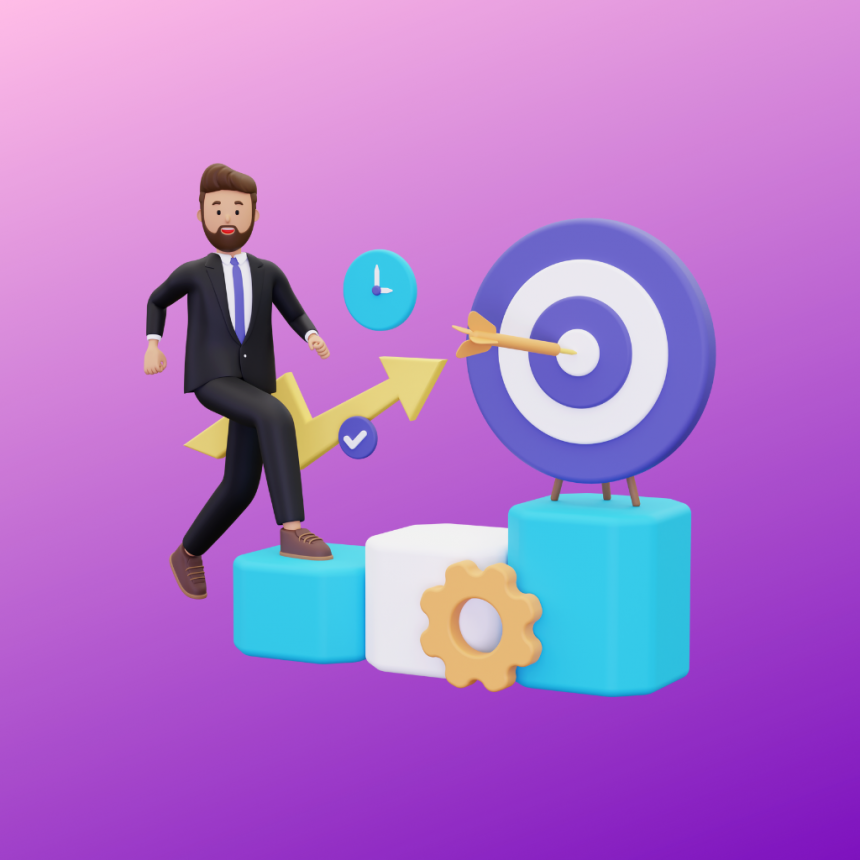
The Importance of Building an Emergency Fund
Personal finance is the administration of an individual's or a family's financial resources, including budgeting, saving, and investing. Putting money aside in a savings account for unexpected expenses is among the essential parts of personal finance. A savings account explicitly designated for unforeseen circumstances, such as the loss of one's job, the accumulation of unexpected medical expenses, or the need for unanticipated home repairs, is known as an emergency fund. In today's article on the blog, we will talk about the value of having an emergency fund, how to start one, and some helpful hints for keeping it up to date.
The Importance of an Emergency Fund
A savings account that may be used in times of crisis is an essential component of personal finance. It is a savings account reserved for unforeseen occurrences, such as job loss, unexpected medical expenses, or unanticipated home repairs. Without a savings cushion for unforeseen expenses, a financial catastrophe may result. If you don't have an emergency fund, you could end up in debt with high-interest rates and feel stressed about money. Setting aside a savings account for emergencies can alleviate stress and help pay for unforeseen costs. You expose yourself to substantial financial hazards if you do not have an emergency fund. Unanticipated circumstances can strain your finances and lead to higher-interest debt if you do not have an emergency fund. If someone is laid off from their job and does not have an emergency fund, they may be forced to use high-interest credit cards or loans to pay for their living expenses. This might put you in a never-ending cycle of debt that is very tough to get out of. Repairs to one's vehicle, unanticipated medical expenses, and unanticipated damage to one's home are just some unforeseen costs that an emergency fund can cover. These unforeseen occurrences can be expensive and substantially strain a person's ability to make ends meet financially. These costs can be covered, and your mind can be put at ease with the assistance of an emergency fund.
How to Build an Emergency Fund
Creating a savings cushion for unexpected expenses is crucial in personal finance. It is essential to determine a savings goal before developing an emergency fund. This objective should be practical and reasonable, considering the way of life and the costs of the individual or family concerned. For instance, if a person's monthly expenses are $2,000, they should strive to have an emergency fund that can cover at least three to six months' worth of spending, which is $6,000 to $12,000. It is necessary to create a budget and save money to achieve a savings goal after it has been established. The process of developing a strategy for allocating financial resources is known as budgeting. It is vital to make sure that there is enough money to meet basic expenses, such as rent or a mortgage, food, and transportation, while also setting money aside for savings. It is also crucial to make sure that there is enough money to cover essential expenses. It is essential to keep track of one's costs and identify the areas in which one wastes money to create an efficient budget. For instance, a person who spends excessive money on eating out can reduce this cost by increasing the number of times they prepare meals at home. A variety of savings accounts can be utilized as an emergency fund, and each of these accounts comes with its own set of advantages. For instance, high-yield savings accounts provide a higher interest rate and the ability to expedite the growth of one's assets. Traditional savings accounts are typically less versatile than other accounts but have their uses. It is essential to research the various savings accounts available and select the one that best suits one's individual requirements. Using savings software might simplify the process of putting together a fund for unexpected expenses. It is possible to make consistent contributions to savings by arranging for funds to be moved from a checking account to a savings account through an automatic transfer service. This kind of support might make an emergency fund a little less daunting.
Tips for Maintaining an Emergency Fund
Having an emergency fund that is kept up-to-date is as vital as having one set aside initially. It would be best to refrain from withdrawing money from the emergency fund to pay for non-urgent needs. The target amount of savings for the emergency fund ought to be evaluated regularly and modified if required. It is essential to create a spending plan and stick to it if one wishes to avoid using money from an emergency fund to pay for non-urgent expenditures. The budget should assign the highest priority to necessary expenses, and it should ensure sufficient funding to cover those expenses while still allocating some funds for savings. In addition, it is essential to have a firm grasp of the distinction between wants and necessities and to place the former higher on the list of priorities than the latter. Setting a reminder to review the goal of the emergency fund savings every few months, taking into account any changes in income or expenses, and determining if the current savings rate is on track to reach the goal are all good practices for regularly reviewing and adjusting the goal of the emergency fund savings. It is essential to reassess the objective whenever there is a significant shift in the individual's living circumstances, such as the beginning of a new job or a family. Even though having a rainy-day fund is a crucial component of personal finance, it is not always sufficient to meet bills that come up unexpectedly. To supplement an emergency fund, it is essential to make responsible use of credit cards and loans. Using a credit card for unanticipated costs and then paying off the bill in full and on time are two examples of how this can be done. Another option is to take out a personal loan with a low-interest rate to meet unanticipated costs. On the other hand, it is essential to devise a strategy for paying off the debt and not rely on it as a solution for the long term.
Conclusion
A savings account that may be used in times of crisis is an essential component of personal finance. Putting together and keeping up an emergency fund can give one a sense of financial stability and mental ease. It is essential to determine an attainable savings goal, create a spending plan and save money to meet the goal, select the appropriate kind of savings account, and implement an automatic savings plan to simplify the process. It is also crucial to refrain from using the emergency fund for things that are not considered emergencies, to frequently review and revise the savings goal for the emergency fund, and to use credit cards and loans responsibly to complement an emergency fund. If you want to protect yourself against unforeseen circumstances and offer financial security for the future, you should start building an emergency fund today. It could take some time to build up an emergency fund, but the peace of mind that comes from knowing that unforeseen circumstances won't result in a financial catastrophe is well worth the effort. Always remember how important it is to be patient, stay focused, and celebrate your successes as you move closer to your goal.





